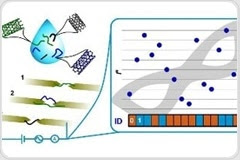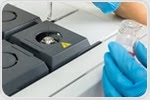| ||||||||||||||||||||||||||||||
| ||||||||||||||||||||||||||||||
| ||||||||||||||||||||||||||||||
| ||||||||||||||||||||||||||||||
| ||||||||||||||||||||||||||||||
| ||||||||||||||||||||||||||||||
martes, 11 de junio de 2019
Medical News | Medical Articles: Fighting Counterfeit with Carbon Nanotubes
Medical News | Medical Articles
Suscribirse a:
Enviar comentarios (Atom)































.png)











No hay comentarios:
Publicar un comentario